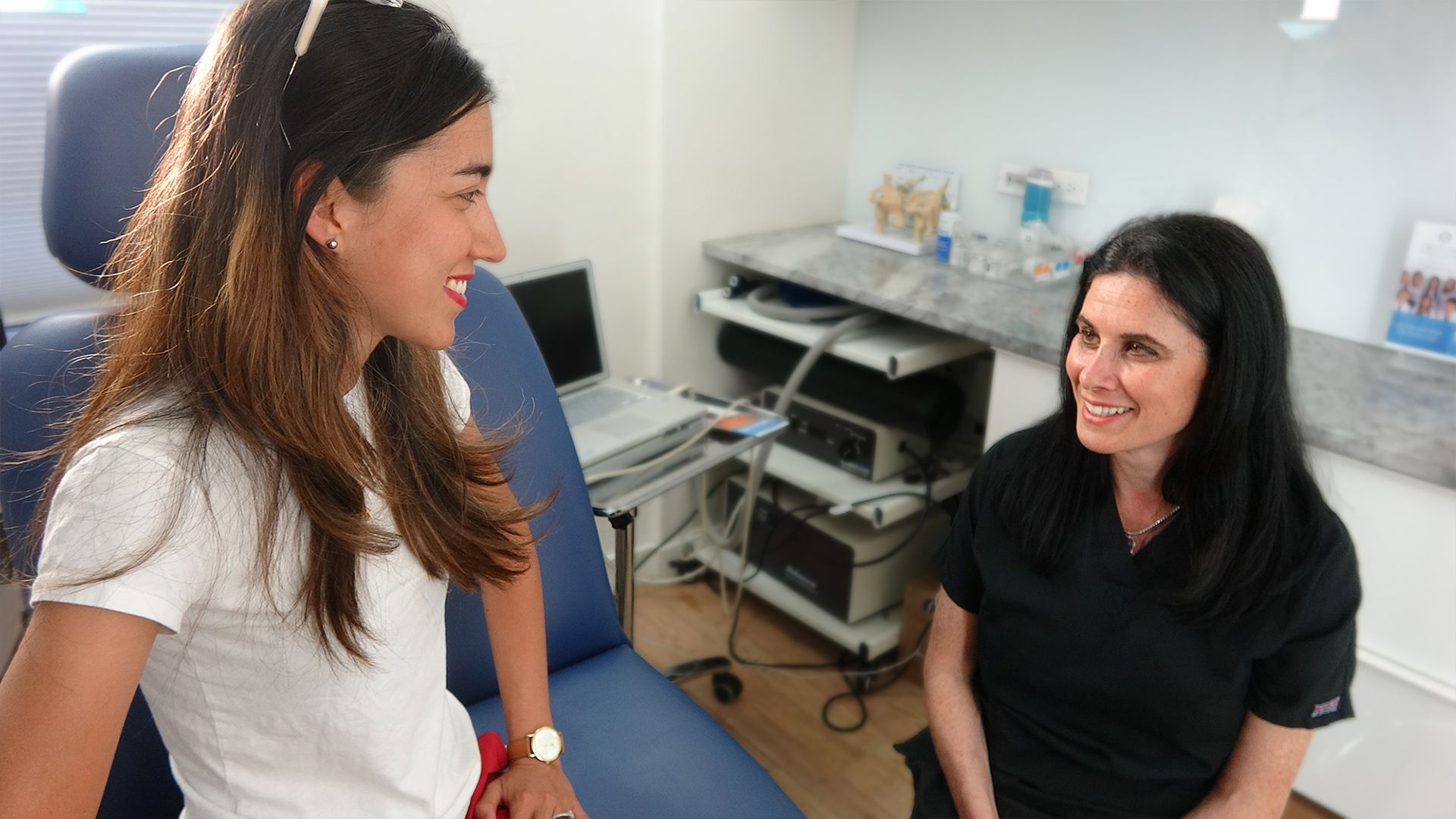Varicose veins are common in many populations, with prevalence rates that, in general, vary from 10.4% to 23.0% in men and from 29.5% to 39.0% in women 1. In a large cohort study conducted in the United States, it was found that the biannual incidence of varicose veins is 2% in men and 3% in women. In the same study, it was suggested that, during a 2-year period, 2.0% of men and 2.6% of women would develop varicose veins.

The suitability of the patient for the Spider Vein Treatment in La Jolla is established through clinical examination to determine the origin of the venous incompetence and the type and extent of the veins to be treated. Under ideal conditions, this examination is followed by an echo-Doppler to confirm the presence of reflux. Venous disease is defined using a series of classification systems, none of which is accepted universally.
Different Spider Vein Treatment
Variety of means is available for the Spider Vein Treatment La Jolla, including conservative treatments and surgical interventions. In general, conservative therapies are recommended for asymptomatic patients or those with mild or moderate symptoms. In general, surgical interventions are necessary when the symptoms of this pathology substantially interfere with the quality of life of patients. As long as the deep venous system of the legs is competent and free of obstruction, a patient can safely tolerate the surgical removal or occlusion of the varicose veins. The saphenous veins external (VSE) and internal saphenous veins (VSI) are part of the superficial venous system. Most of the blood in the legs returns to the heart through the veins that are part of the deep venous system; therefore, blood that has previously traveled the territory of the saphenous vein can be redirected through the deep venous system in case of distension or varicosities of the VSI. In patients with veins of higher caliber or venous reflux, high rates of recurrence are common, mainly due to recanalization or neovascularization. The recanalization is the spontaneous recovery of light saphenous vein after occlusion, while neovascularization is the proliferation of blood vessels in the tissue where previously the saphenous vein is removed.
Conservative Vein Treatment La Jolla tries to limit the progression of the disease. The Vein Doctor La Jolla may recommend changes in lifestyle, including physical exercise and weight loss, to promote circulation. It also deters patients sitting position and prolonged standing and is advised that, whenever possible, raise the affected area to reduce pressure on the damaged venous valves leg. Compression stockings provide additional resolution of venous symptoms, such as pain and inflammation, while improving venous hemodynamics.
Vein Treatment in La Jolla is usually performed as an outpatient procedure with local anesthesia. The technique includes the injection of a liquid chemical substance into the abnormal vein to initiate inflammation, occlusion and healing. The affected vein collapses and ultimately disappears. Sclerotherapy guided with ultrasound allows the injection of the sclerosing substance directly into the VSI to treat the larger and deeper varicosities. In foam sclerotherapy, air or gas is mixed with the sclerosing substance to produce foam, which allows a small amount of this substance to cover a larger surface area by displacing the blood within the vein. The sclerosing substance can be distributed in the vein through a catheter, which allows a selective and directed treatment.
Article Source: http://veintreatmentsandiego.strikingly.com/blog/find-out-best-spider-vein-treatment-in-la-jolla